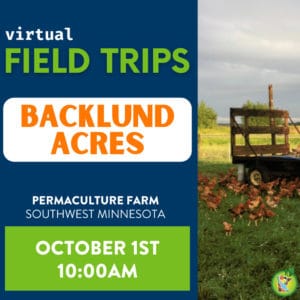Commodity: Poultry
Poultry is a major commodity in Minnesota. "Poultry" refers to birds raised for their meat and eggs. You may eat poultry products often; turkey is often associated with Thanksgiving, chicken is often served in various dishes from breakfast to dinner, and eggs can be eaten alone, mixed with other foods, or in baked goods. But how much do you know about them, or their role in Minnesota's agriculture?
Poultry History
Historians believe the chicken has been domesticated as far back as 2000 B.C. They also believe chickens were not native to the U.S. Instead, they think chickens arrived in South America with Polynesian explorers at least a century before Columbus' first sailing. The chickens eventually moved north with other explorers.
Chickens may have come from other lands, but turkey and duck are both native to the U.S. Early explorers to North America discovered the value of turkey and took birds back to Europe. When the Pilgrims and other settlers arrived in America, they were already familiar with raising and eating turkey. Celebrating Thanksgiving with turkey became a national tradition. It was such a popular bird that Benjamin Franklin wanted America's national bird to be the turkey, but the bald eagle was chosen instead.
Many Terms for Poultry
There are a number of birds that fall into the poultry category. There are also a number of terms for different stages of life for poultry.

Chick
A baby chicken
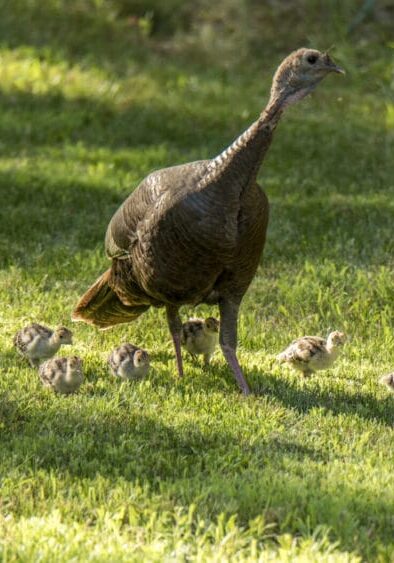
Poult
A baby turkey
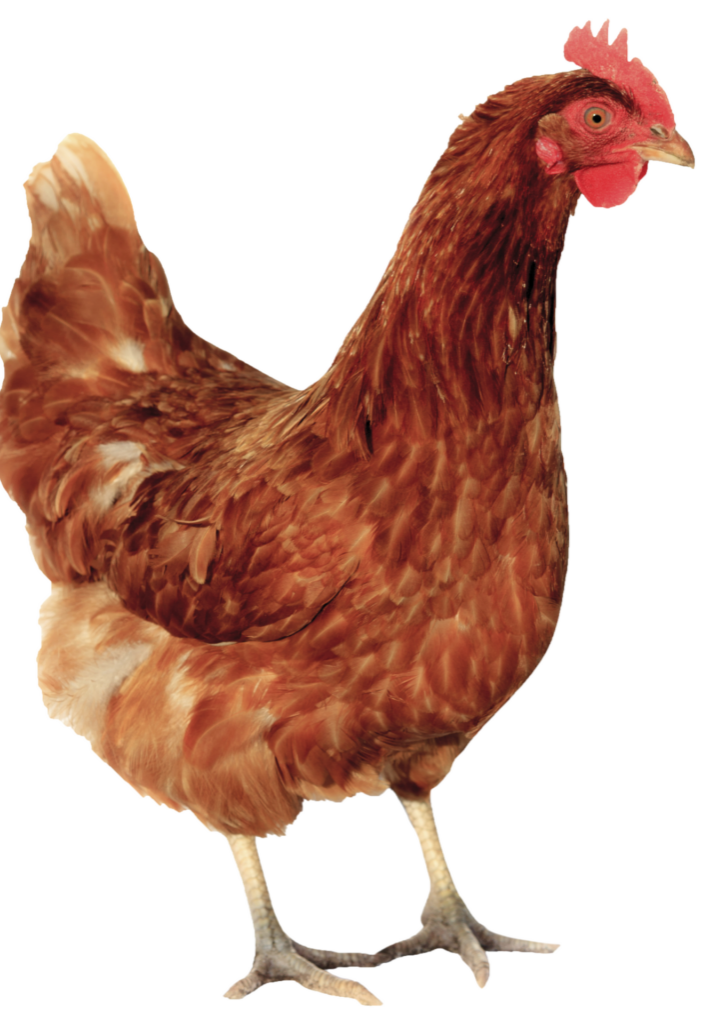
Pullet
A female breeder chicken under 20 weeks old
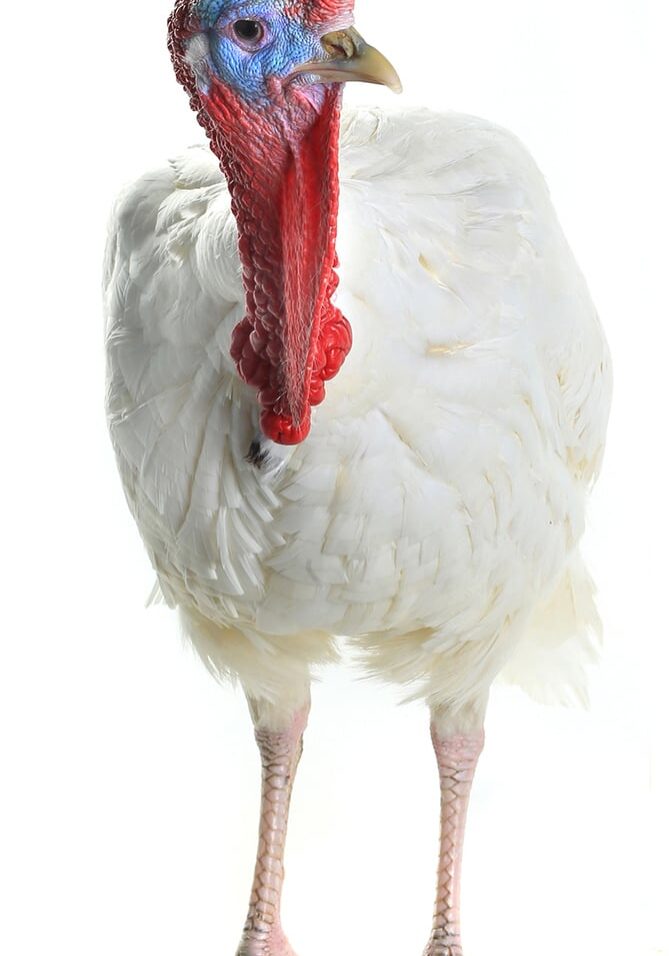
Hen
A female chicken or turkey over 20 weeks old
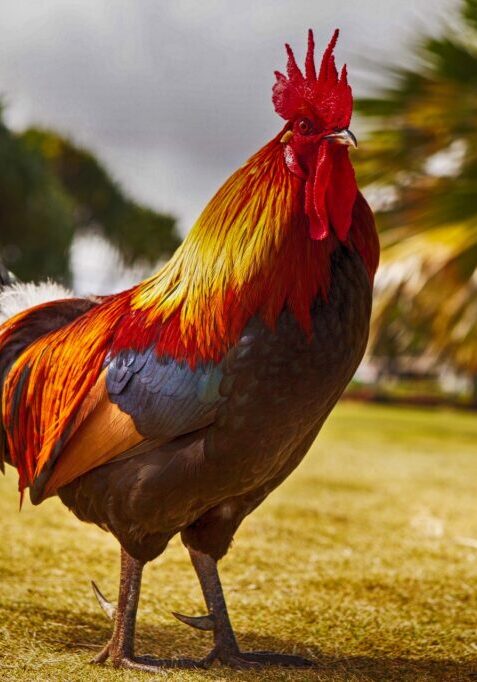
Rooster
A male chicken
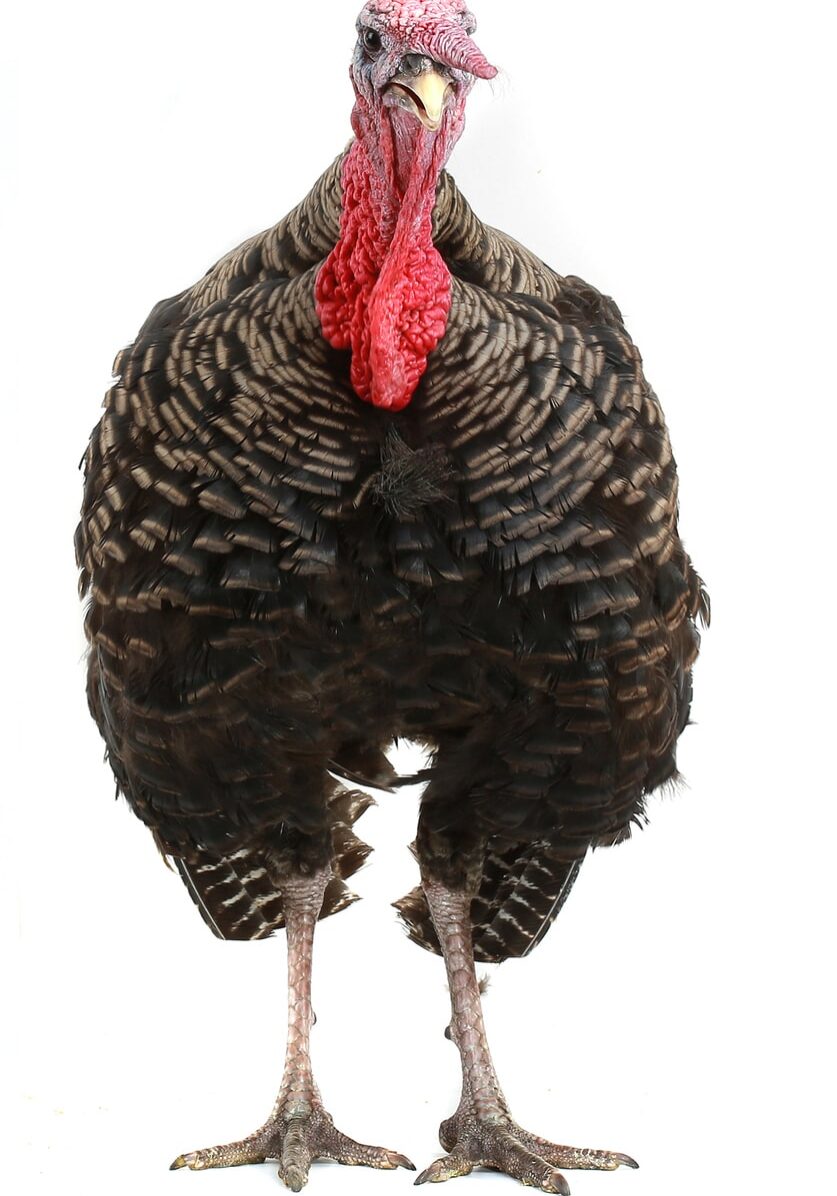
Tom
A male turkey
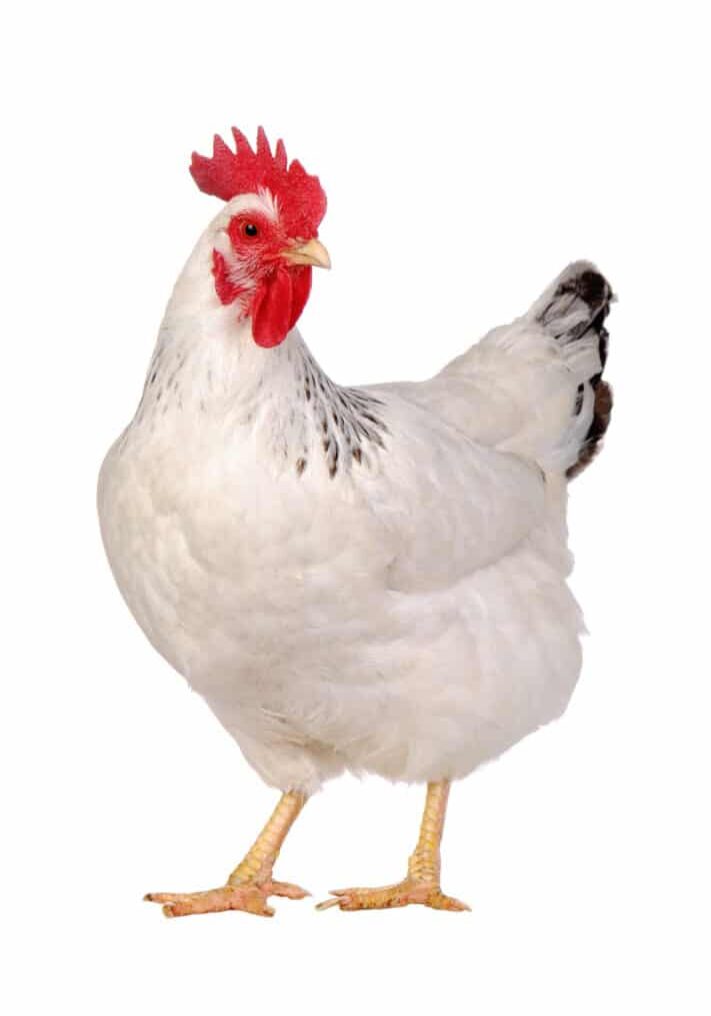
Broiler
A chicken raised for meat
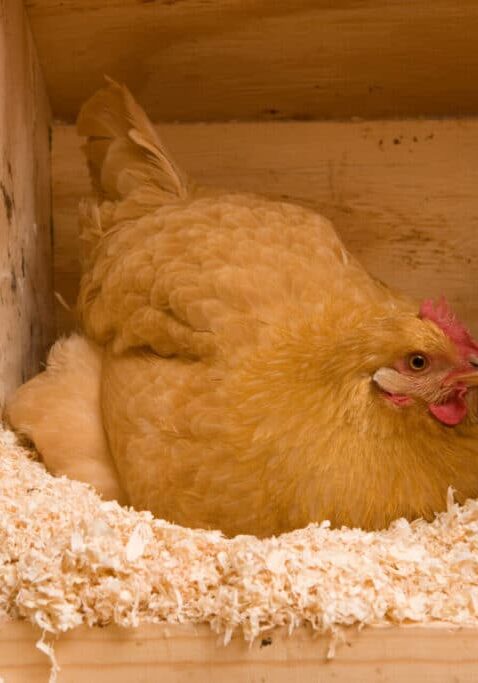
Layer
A chicken raised to produce eggs
How Poultry is Used
Each type of poultry is sold in different ways, depending on what consumers want.
Chicken
According to the National Chicken Council, chicken is the number 1 protein consumed in the U.S. A little over half is sold to consumers in grocery stores. The rest is sold to restaurants. Consumers can buy chicken in many forms: Whole, drumsticks, breasts, thighs, wings, or ground are all available in many stores.
Turkey
Whole turkeys are currently the most popular way for consumers to buy turkey. However, ground turkey, which people can use in place of ground beef, and cooked white turkey meat sold for sandwiches are also popular and growing in sales. While chickens have been sold in sections (breasts, thighs, drumsticks) for years, this has been a slower trend for turkeys.
Eggs
Eggs are usually sold raw in cartons for use in home kitchens or restaurants. But after that, they become many things: You might have them for breakfast scrambled, poached, fried, or hardboiled. You can also find them in breads, pasta, baked goods, omelets, and salads, to name a few. According to the American Egg Board, in August 2016, egg production totaled 7.44 billion. That's a lot of eggs! If that number stayed steady every month for a year, how many eggs would be produced in one year?
Raising Poultry
While there are different forms of poultry, the three most popular are chickens (which produce eggs) and turkeys. Let's look at how these two types of birds are raised in Minnesota.
Chickens
There are two different kinds of chickens: Broilers and layers. Broilers are raised to become chicken meat for human consumers. Layers are raised to lay eggs. It takes a chicken about 15 weeks to be fully grown.
Broiler chickens are raised in an open-floor barn where they have constant access to fresh water and feed. They are not raised in cages. The barn floors are covered with bedding, and the birds are closely monitored by farmers. These barns keep them safe from predators, disease, and extreme weather conditions. They are fed primarily a mix of corn and soybeans.
Layers are fed a similar diet with added nutrients such as calcium to increase the strength of the outer shell of their eggs. Some layers are raised in special caging/housing systems that are also in enclosed barns. There are also chickens that are free-range and pasture-raised. Free-range chickens have access to both the outdoors and indoors. Pasture-raised chickens are primarily raised outdoors on pasture. There is also organic, in which chickens are raised according to the USDA's National Organic Standards. It's important to note that all organic chicken must be free-range, but not all free-range chickens are organic.
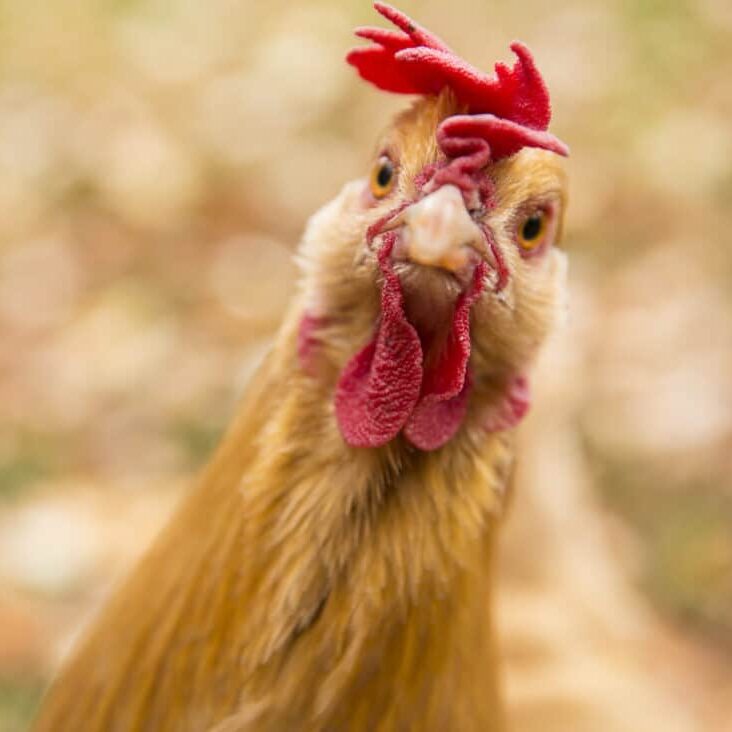
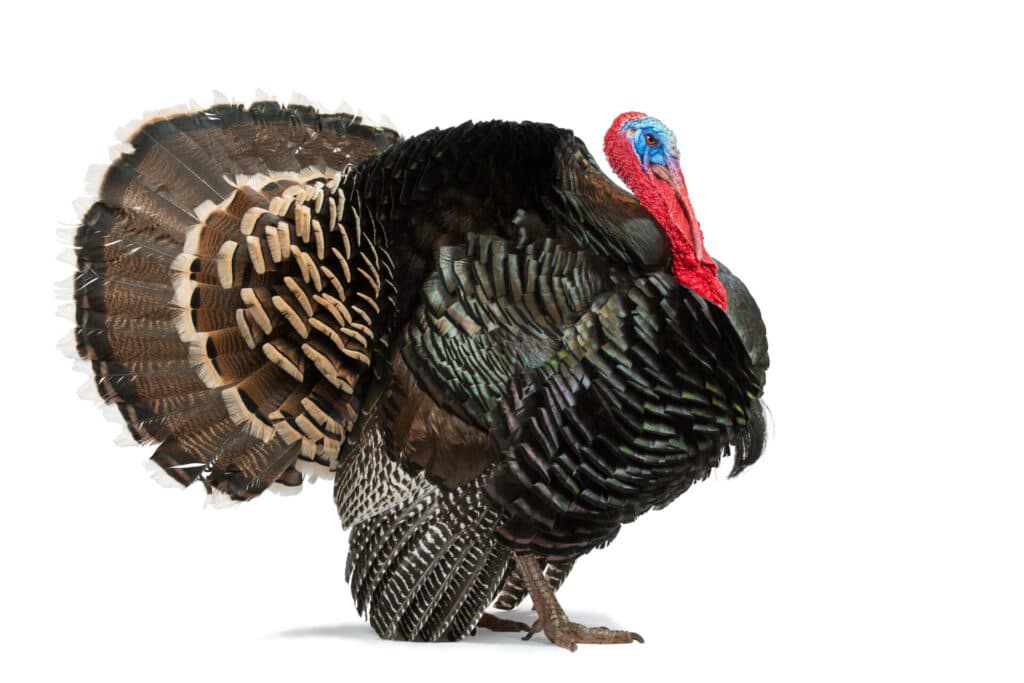
Turkeys
Like chickens, turkeys are raised in barns that protect them from predators, disease, and extreme weather conditions. They roam freely around the inside of the barn. They are fed a diet of corn and soybean meal mixed with vitamins and minerals. It takes about 75-80 pounds of feed to raise a 30-pound tom turkey. Thanks to scientific advancement and better farming techniques, today it takes less feed and time to raise a turkey that is larger than ones raised in years past. It takes about 30 weeks for a tom turkey to be fully grown.
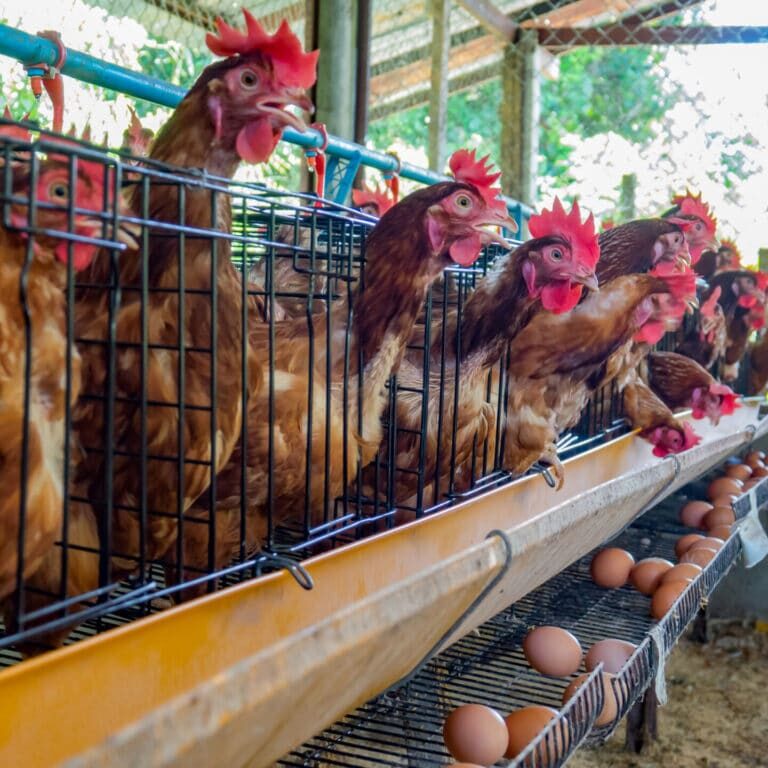
Poultry in Minnesota
Minnesota ranks #1 in turkey production in the U.S. Minnesota also is home to the second largest turkey company in the world, Jennie-O Turkey Store, and the world's largest turkey hatchery company, Willmar Poultry Company.
Minnesota is 22nd in the world for broiler chicken production. We export a lot of our chicken meat as well. Our largest importer of U.S. broilers is Mexico. In the month of July, the U.S. exported 110 million pounds to Mexico.
The U.S. ranks second in the world for egg production. Minnesota is consistently ranked in the top ten.
Most of U.S. broilers are concentrated in the Southeastern part of the country as well as the Delmarva region (Delaware, Maryland, Virginia) however, there are broiler farms dispersed all over the country, with significant concentrations on the East side of the Mississippi river. Central Minnesota is home to many farmers raising chickens.
Learn More!
The following websites provide more information about how poultry is raised.
Farm Crops
Crops feed both animals and people. Many of the foods you eat come from these crops. Most must be changed before you can use them. Then they look different on your plate.
Virtual Field Trips About Poultry
Minnesota Agriculture in the Classroom is showing you around a variety of facilities where poultry is raised, harvested and utilized in a variety of ways. Learn more about Minnesota poultry below!




